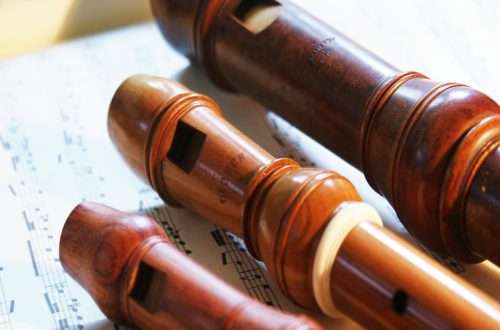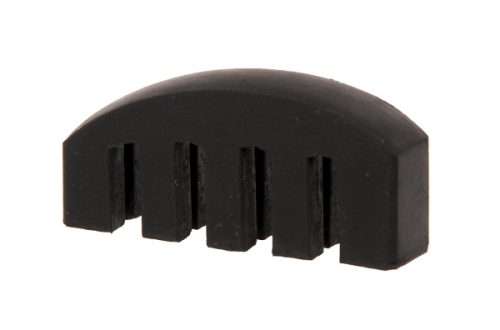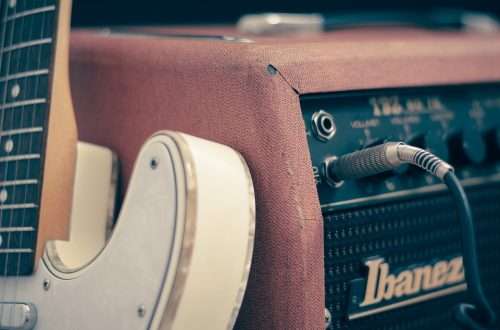
History of the harpsichord
The harpsichord is a bright representative of keyboard musical instruments, the peak of its popularity fell on the period of the 16th-17th centuries, when an impressive number of famous composers of that time played on it.

Dawn and sunset instrument
The first mention of the harpsichord dates back to 1397. In the early Renaissance, it was described by Giovanni Boccaccio in his Decameron. It is noteworthy that the oldest image of the harpsichord is dated 1425. He was depicted on an altar in the German city of Minden. The harpsichords of the 16th century have come down to us, which were mostly made in Venice, Italy.
In Northern Europe, the production of harpsichords from 1579 was taken up by Flemish craftsmen from the Rückers family. At this time, the design of the instrument undergoes some changes, the body becomes heavier, and the strings become elongated, which gave a deep timbre color.
A significant role in the improvement of the instrument was played by the French dynasty Blanche, later Taskin. Of the English masters of the XNUMXth century, the Schudy and Kirkman families are distinguished. Their harpsichords had an oak body and were distinguished by a rich sound.
Unfortunately, at the end of the 18th century, the harpsichord was completely supplanted by the piano. The last model was produced by Kirkman in 1809. Only in 1896, the English master Arnold Dolmech revived the production of the instrument. Later, the initiative was taken up by the French manufacturers Pleyel and Era, who began to manufacture the harpsichord, taking into account the advanced technologies of that time. The design had a steel frame that was able to hold the tight tension of thick strings.
Milestones
The harpsichord is a plucked-type keyboard instrument. In many respects it owes its origin to the Greek plucked instrument psalterion, in which the sound was extracted by means of a keyboard mechanism using a quill pen. A person playing the harpsichord was called a clavier player, he could successfully play the organ and clavichord. For a long time, the harpsichord was considered an instrument of aristocrats, since it was made only from precious woods. Often, keys were inlaid with scales, tortoise shells, and precious stones.

Harpsichord device
The harpsichord looks like an elongated triangle. The horizontally arranged strings are parallel to the keyboard mechanism. Each key has a jumper pusher. A langetta is attached to the upper part of the pusher, to which a plectrum (tongue) of a crow’s feather is attached, it is he who plucks the string when a key is pressed. Above the reed is a damper made of leather or felt, which muffles the vibrations of the string.
Switches are used to change the volume and timbre of the harpsichord. It is noteworthy that a smooth crescendo and deminuendo cannot be realized on this instrument. In the 15th century, the instrument’s range was 3 octaves, with some chromatic notes missing in the lower range. In the 16th century, the range was expanded to 4 octaves, and in the 18th century the instrument already had 5 octaves. A typical instrument for the 18th century had 2 keyboards (manuals), 2 sets of strings 8` and 1 – 4`, which sounded an octave higher. They could be used individually and together, compiling the timbre at your discretion. A so-called “lute register” or nasal timbre was also provided. To obtain it, it was required to use a small muting of the strings with felt or leather bumps.
The brightest harpsichordists are J. Chambonière, J.F. Rameau, F. Couperin, L.K. Daken and many others.





